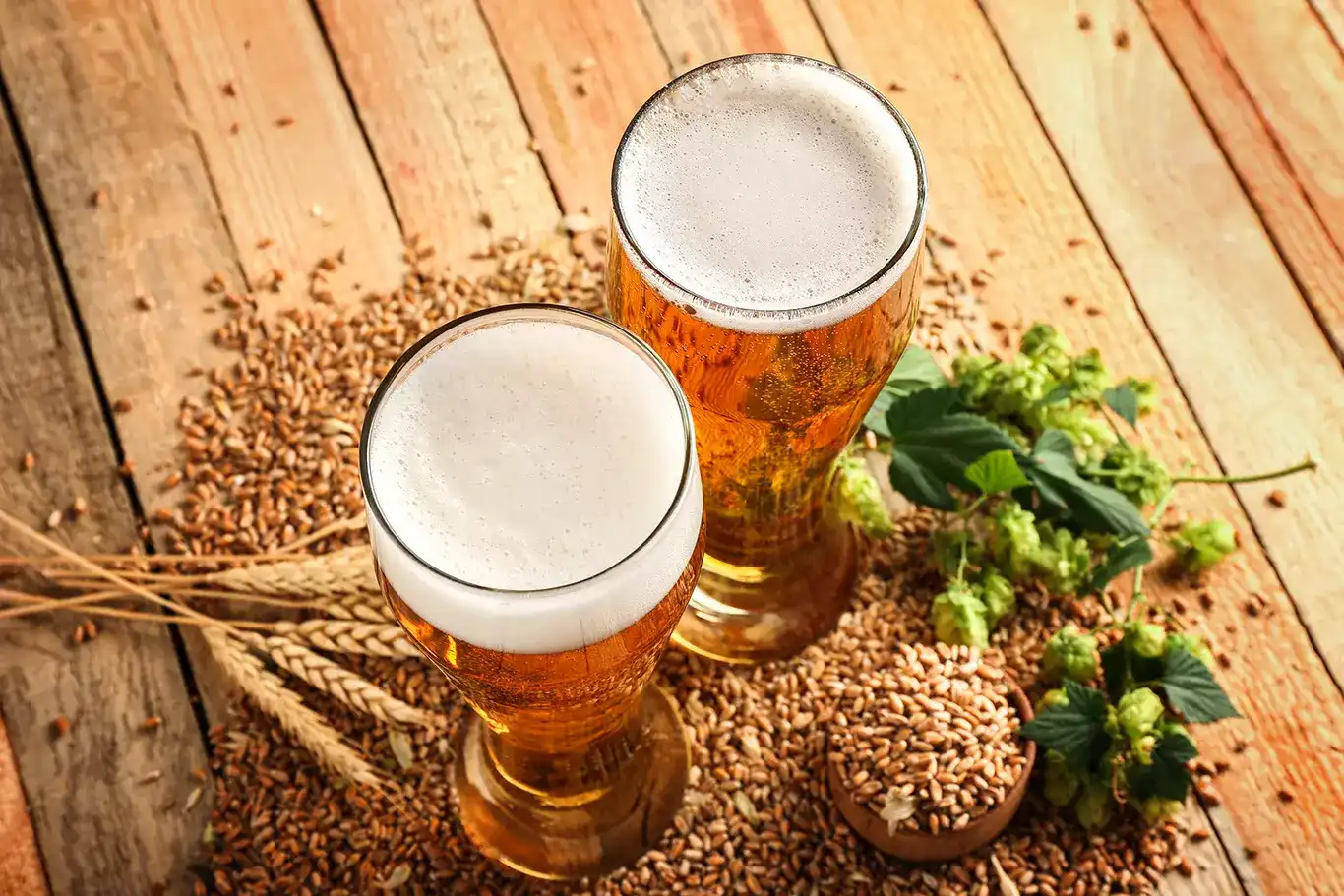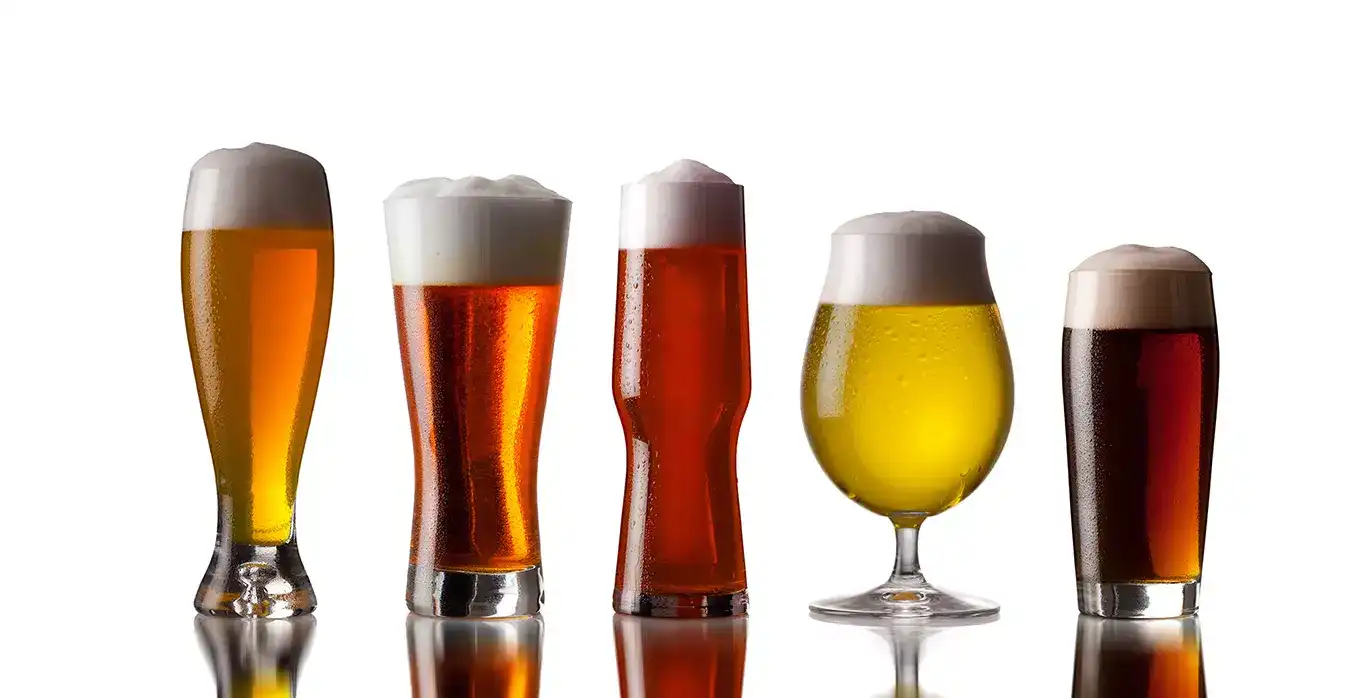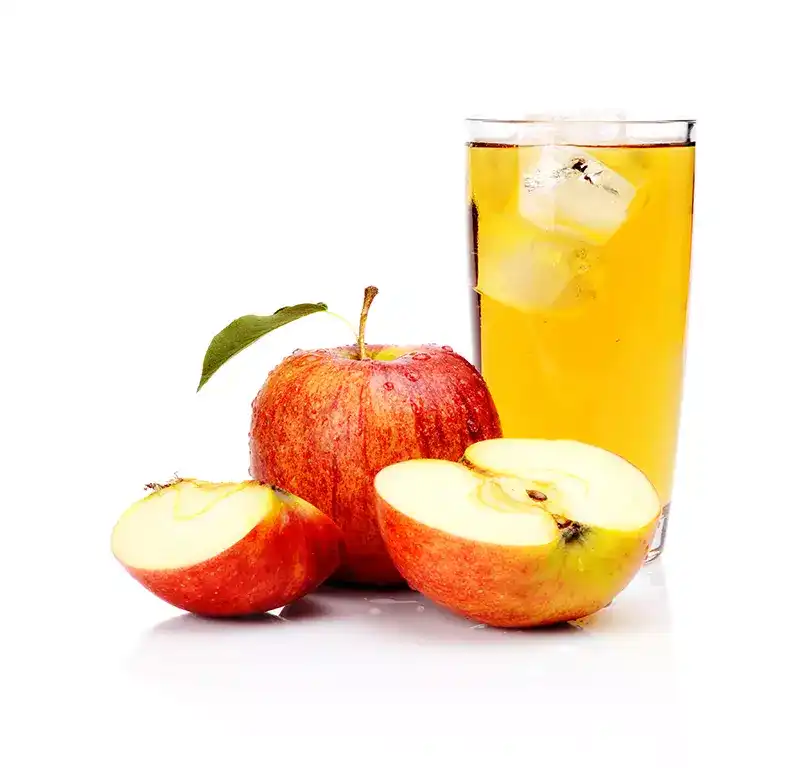Brewery
The color of a craft brew or a mass-market beer can be easily adjusted through the use of one or multiple hues of Sethness Roquette Caramels, which commonly allows a brewery to create a variety of products from a single beer recipe.
Our products provide a lot of flexibility to brewers when it comes to experimenting, sampling and tweaking their beer products in the processing lab. The taste, aroma, mouthfeel and color of a specific brew all become a personal reflection of their crafting experience.

Whether you need to color, color and flavor or only flavor your product, we have it all.
Our dedicated range Carabrew® is used in a variety of brewery applications including:
• Beers • Ciders •Malted Beverages
Caramel Colors in Beer, Cider and Malted Beverages

Quite often, Caramel Colors are used to make any color alterations to a finished beer right up to its final packaging stage. Brewers use Caramel Color in order to correct color variations in cereals processed when producing the beer. It provides a more consistent final color and can enhance beer's flavors.
Clarity is a critical component in most beers, with the exception of wheat beers and IPAs which have a characteristic haze. For those beers which are supposed to be clear, haze issues can be a result of many reasons, such as improper filtration, incomplete fermentation, or incompatibility of ingredients. A typical beer contains 91% water, 4.6% carbohydrate in the form of maltose and dextrose, 0.5% protein, 0.2% mineral salts, 3.6% alcohol by weight and the balance comprised of trace vitamins and flavor compounds.
Brewing grains (corn, rice, barley, wheat) used for producing dark and sweet beers can vary in protein content and carbohydrate content from harvest to harvest. Caramel Colors are often used to standardize the final beer color and to compensate for the variation in the consistency of the malt color as produced by the manufacturers.
We recommend using positively charged Class III Caramel Colors like the P250 or 3200ACS15 for beer standardization. The use of Class III Caramel Colors avoids the negative interaction of the cereal proteins, which can cause a precipitate to form. The fermentation of the protein is responsible for the body and produces the foamy head. The use of Sethness Roquette Class III Caramel Colors helps maintain the proper cereal fermentation products to control the desired color.
Caramel Colors are often utilized in beer production to generate cost savings, as less expensive malted barley can be used. They can be added at either the wort stage or the finished stage in order to increase/darken the overall color of the final product.
Burnt Sugars and Caramelized Sugar Syrups in Beer, Cider and Malted Beverages

Sethness Roquette Burnt Sugars like the 0030SG and Caramelized Sugar Syrups like the CS1 are commonly used to impart sweet to burnt notes in numerous beers and ciders, while also providing some light colors.
They can also stimulate the fermentation step of the brewing process, while substantially bringing delightful aromatic notes.
Those that can also be called “Brewing syrups” can be considered as complete, specific and dedicated products for brewers. They bring color, flavor, and manufacturing process improvement all at once!

